Supporting Foxglove Plants – Tips For Staking Foxgloves That Get Too Tall
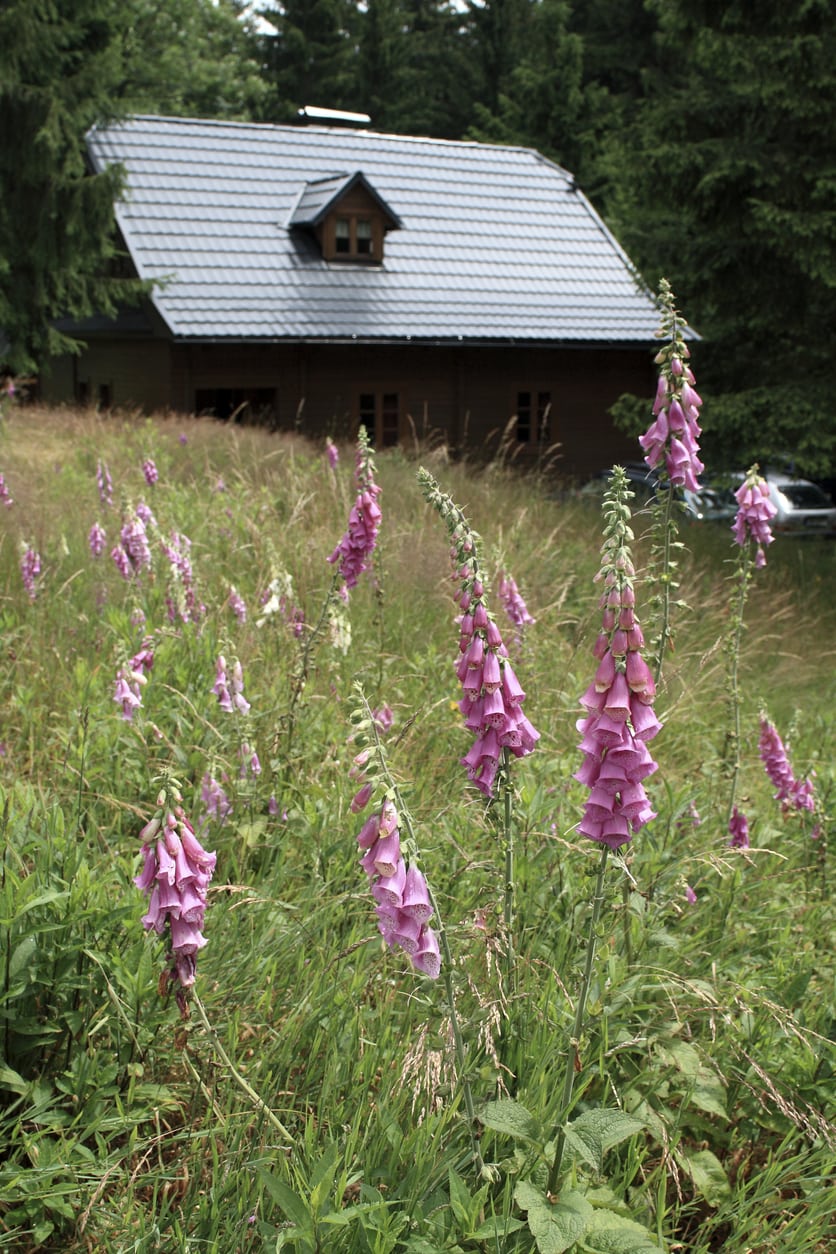

The addition of flowers is an excellent way to add rich color and interesting textures to home landscaping beds and ornamental container plantings. As seen in many cottage gardens, flowers such as foxgloves easily add height and dramatic appeal to borders. However, planning and planting a beautiful flower garden (from transplants or from seed) does require some careful thought and consideration directly related to the specific needs of the grower’s own garden. Foxgloves are gorgeous biennial flowers that come in wide range of colors. Though some cultivars are perennial, all types of foxglove have one thing in common – they are extremely toxic. These plants should never be made accessible to children, pets, or any other individuals of special concern. Always handle these plant materials carefully. With that said, there’s another thing to consider – staking.
Do You Need to Stake Foxgloves?
Due to the wide variation in available cultivars, many growers may be left wondering about foxglove flower support. Although dwarf varieties of foxglove are very common, others may reach heights as tall as 6 feet (2 m.). However, even these great heights may not necessarily mean the need to stake the plants, as conditions may vary greatly from one garden to another. Most often, adverse weather conditions cause the tall flower stalks to break or topple over. Events such as high winds, hail, or even just periods of heavy rainfall are prime examples. Gardeners growing in areas which frequently experience these conditions may want to make the effort to prevent storm damage by staking the plants. In addition to weather, over-fertilization may cause these plants to flop.
How to Stake Foxgloves
For growers who choose to do so, there are several options when supporting foxglove plants. Many gardeners choose to use grow-through type supports for these flowers. Examples of grow-through supports include tomato cages, as well as those which have been specifically designed for use with perennial flowering plants. These supports are placed at the beginning of the spring season, before the plants have started their active growth. Foxglove flower support may also be used after damage has already occurred. As long as the flower spikes have not been broken, smashed, or snapped, it may be possible to support them using garden stakes. Most commonly, bamboo stakes are inserted into the ground and the foxglove flower is gently tied to the stake. While not ideal, this method of staking is a great way to attempt “rescue” of fallen flowers, not only for the beautiful bloom, but to the benefit of pollinators as well. When staking foxgloves, some supports are not noticeable, and many growers prefer to choose a more natural approach to gardening. Carefully planning the flower garden is a great way to ensure that your foxglove plants are less likely to suffer. Interplanting foxgloves with other stronger plants is a great way to support these flowers naturally.
Gardening tips, videos, info and more delivered right to your inbox!
Sign up for the Gardening Know How newsletter today and receive a free copy of our e-book "How to Grow Delicious Tomatoes".

Tonya Barnett has been gardening for 13 years. Flowers are her passion. She has transformed her backyard into a cut flower garden, which she regularly chronicles on her YouTube channel http://www.youtube.com/@tonyawiththeflowers.
-
 Looking For Plants To Give You The Soft And Fuzzies? Try These 5 Fuzzy Leaf Plant Options
Looking For Plants To Give You The Soft And Fuzzies? Try These 5 Fuzzy Leaf Plant OptionsLovers of texture, drama, silver foliage and tactile plants will adore these special sensory garden additions. These fuzzy leaf plant options will leave you all aglow
By Susan Albert
-
 Get Ready For A Summer Of Hummers! Grow These Full Sun Hummingbird Plants and Flowers
Get Ready For A Summer Of Hummers! Grow These Full Sun Hummingbird Plants and FlowersIf you’re lucky enough to enjoy a sunny backyard, make sure you are maxing out on your pollinator opportunities and grow these full sun hummingbird plants and flowers
By Tonya Barnett
-
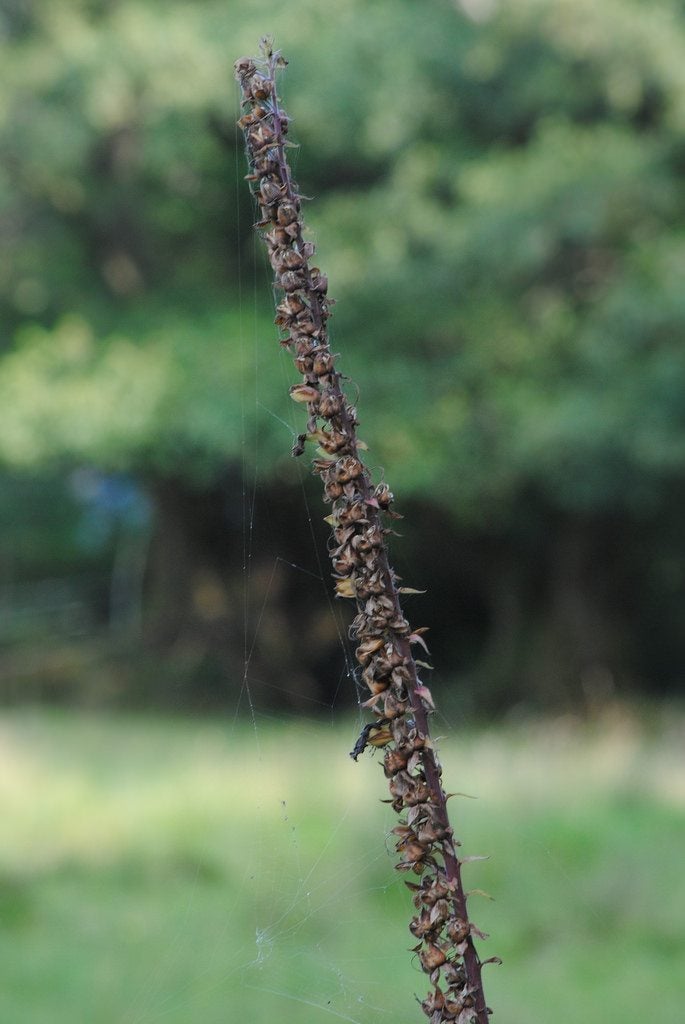 Foxglove Seed Harvesting – How To Save Foxglove Seeds For Next Season
Foxglove Seed Harvesting – How To Save Foxglove Seeds For Next SeasonFoxglove self-sows easily in the garden, but you can also save seeds from mature plants. Collecting foxglove seeds is a great way to propagate new plants for planting in other areas or for sharing with gardening family and friends. Learn more in this article.
By Mary H. Dyer
-
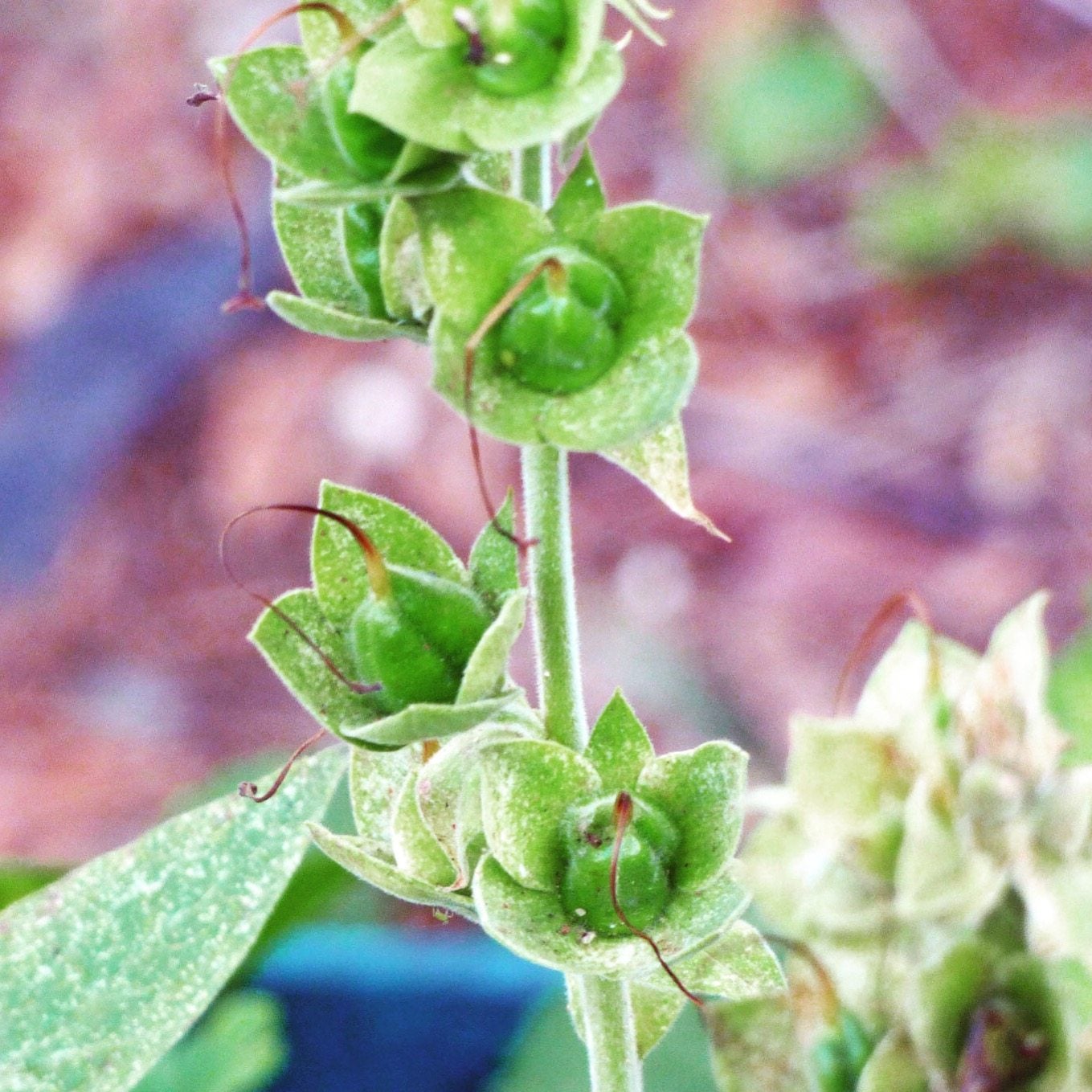 Foxglove Winter Care: Learn About Foxglove Plant Care In Winter
Foxglove Winter Care: Learn About Foxglove Plant Care In WinterBecause of their short life span, foxgloves are planted in succession, so that each season a set of foxglove blooms. However, not preparing them properly for winter can throw this succession planting off. Learn about winterizing foxglove plants in this article.
By Darcy Larum
-
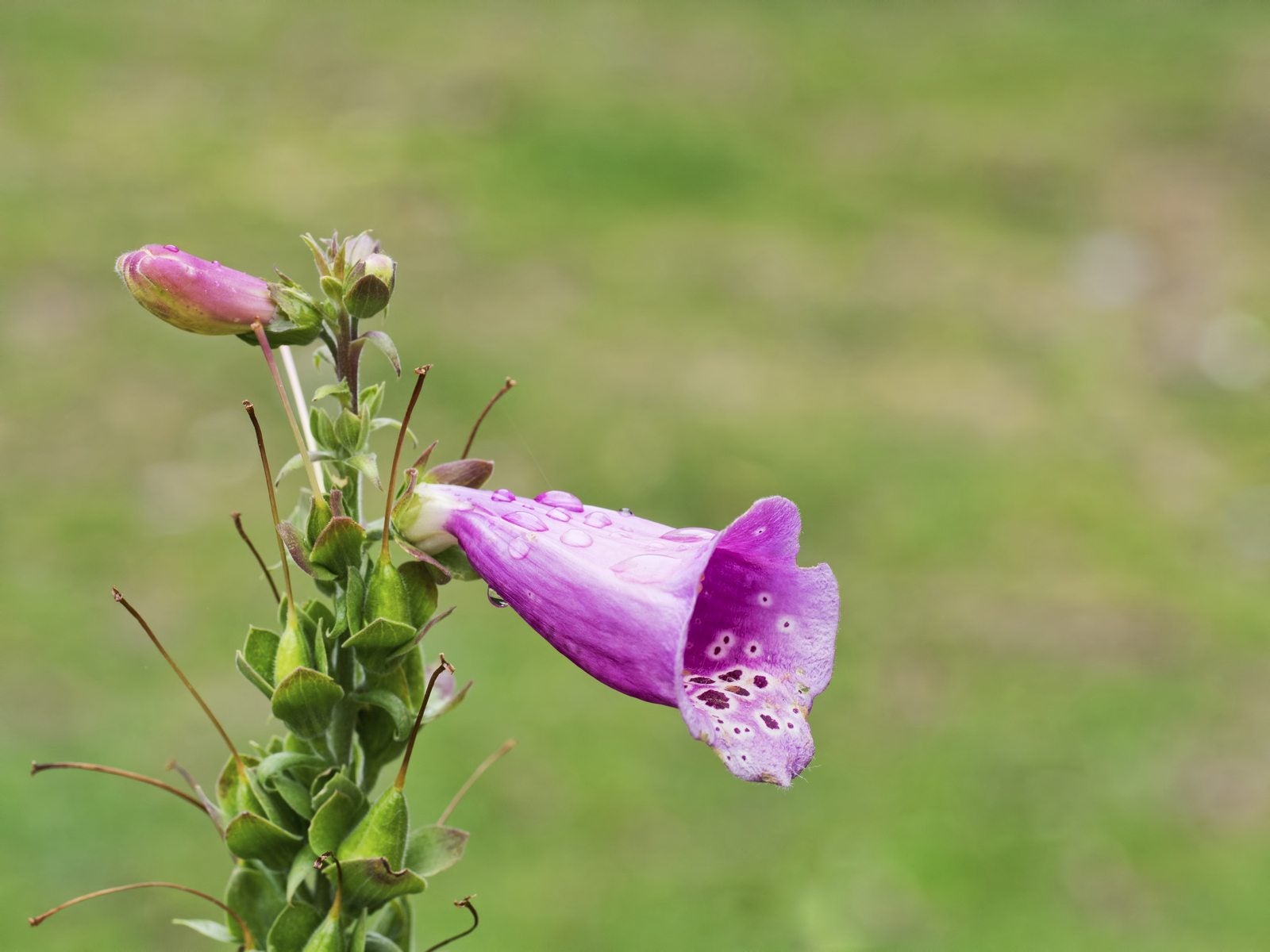 Removing Spent Foxglove Flowers – How Do I Deadhead Foxglove Plants
Removing Spent Foxglove Flowers – How Do I Deadhead Foxglove PlantsShould you deadhead foxglove? Unless you want foxglove in every corner of your garden, it is wise to deadhead these lovely blooms. Deadheading foxglove plants can minimize their spread, but it has added benefits as well. Click here for more details.
By Bonnie L. Grant
-
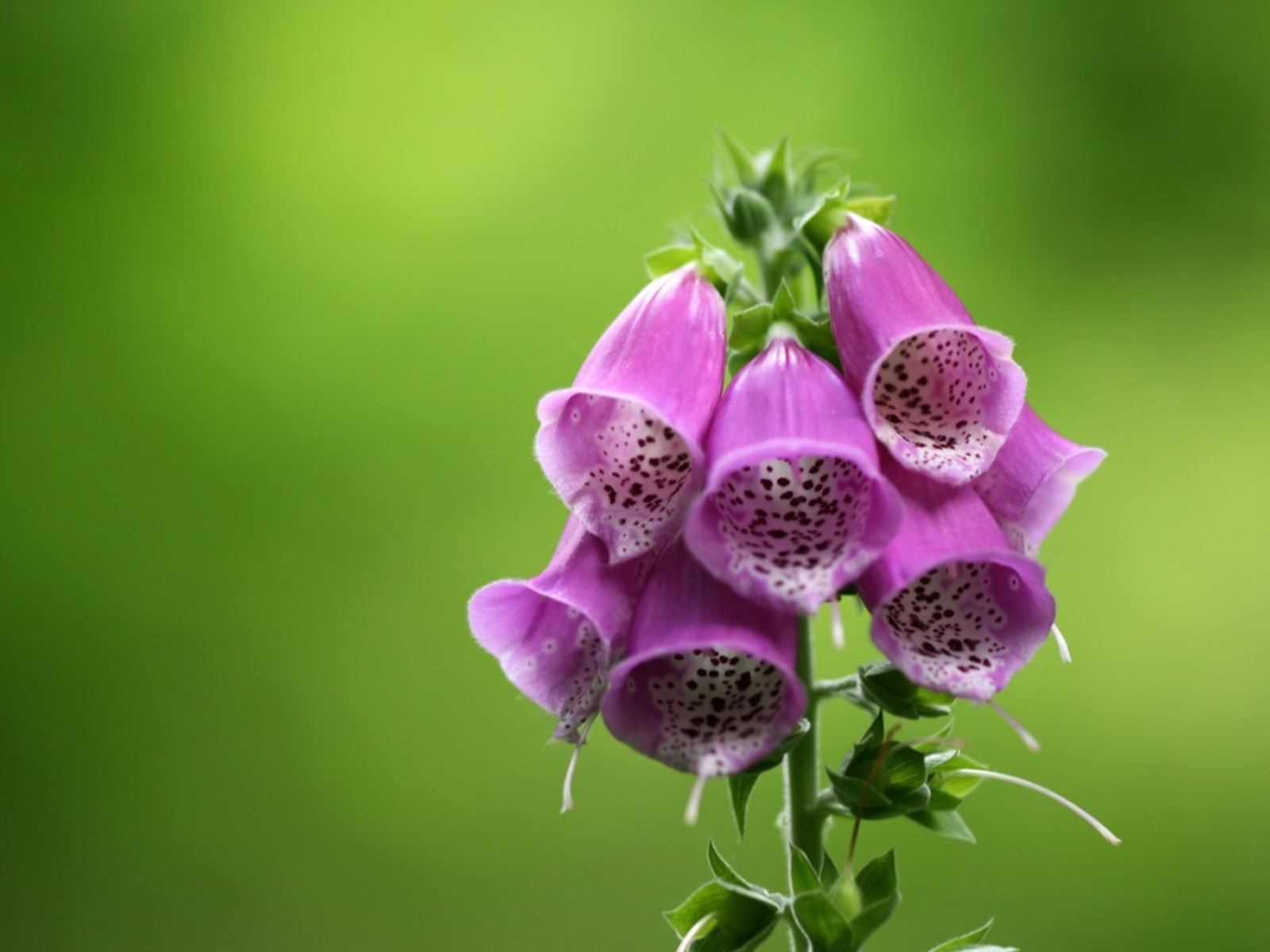 Potted Foxglove Care – Tips On Growing Foxglove In Containers
Potted Foxglove Care – Tips On Growing Foxglove In ContainersFoxgloves are big, beautiful, flowering plants that tolerate shade well. They also do very well in containers, making them perfect for adding volume and color to a shady porch or patio. Learn more about how to grow foxglove in a pot in this article.
By Liz Baessler
-
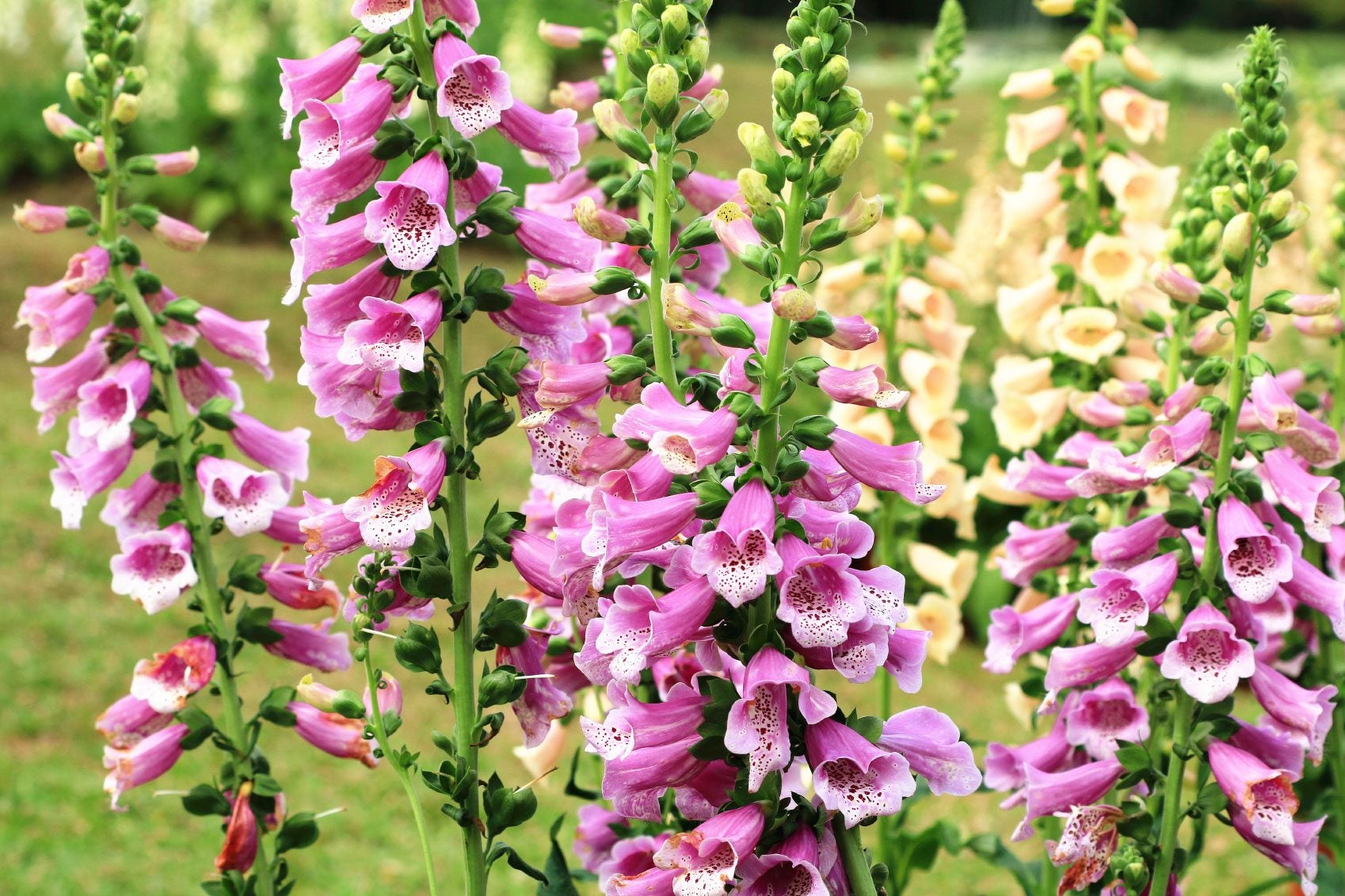 Foxglove Care Guide: How To Grow Foxglove Flowers
Foxglove Care Guide: How To Grow Foxglove FlowersThe foxglove flower, while toxic, is a beautiful stately ornamental addition to any garden and an easy-growing self-seeding plant. Just don’t ingest it or grow it where children or pets might play.
By Becca Badgett